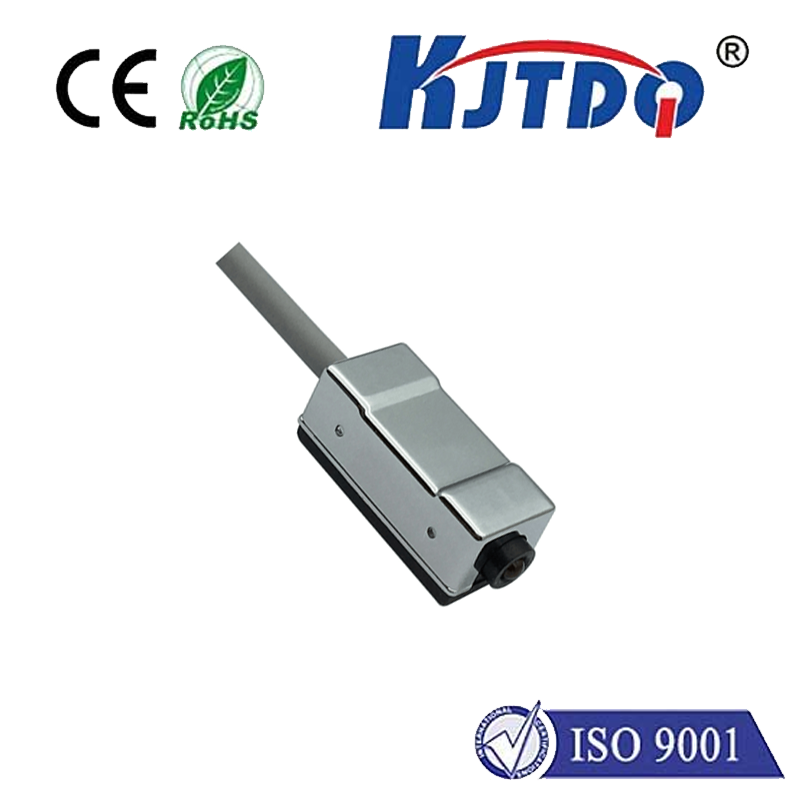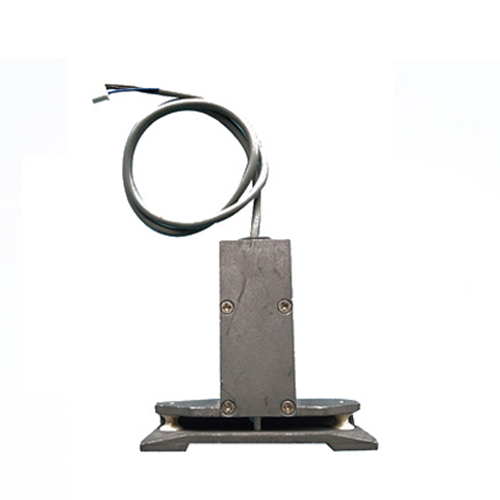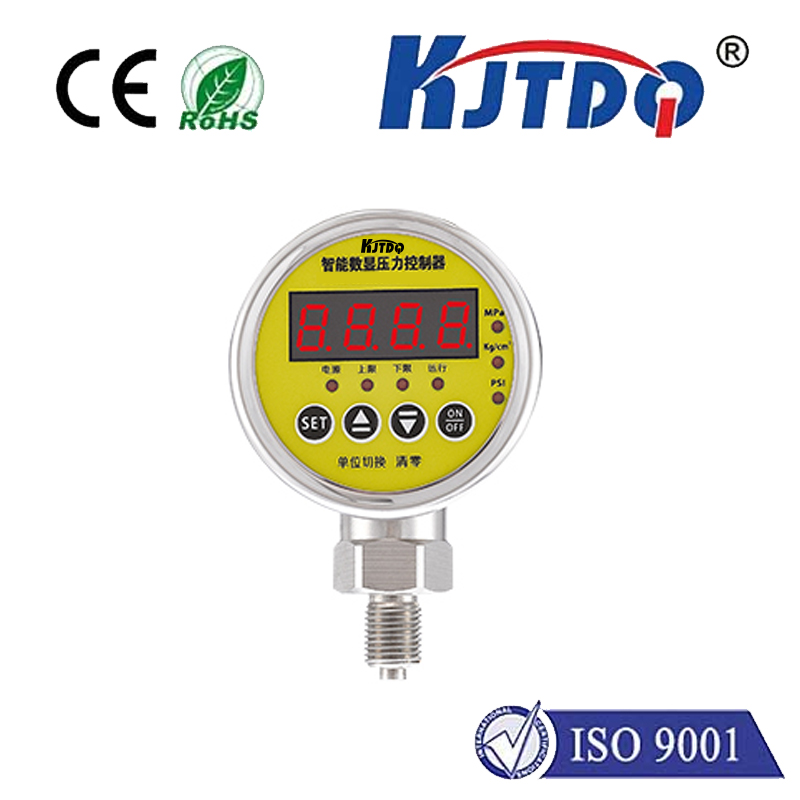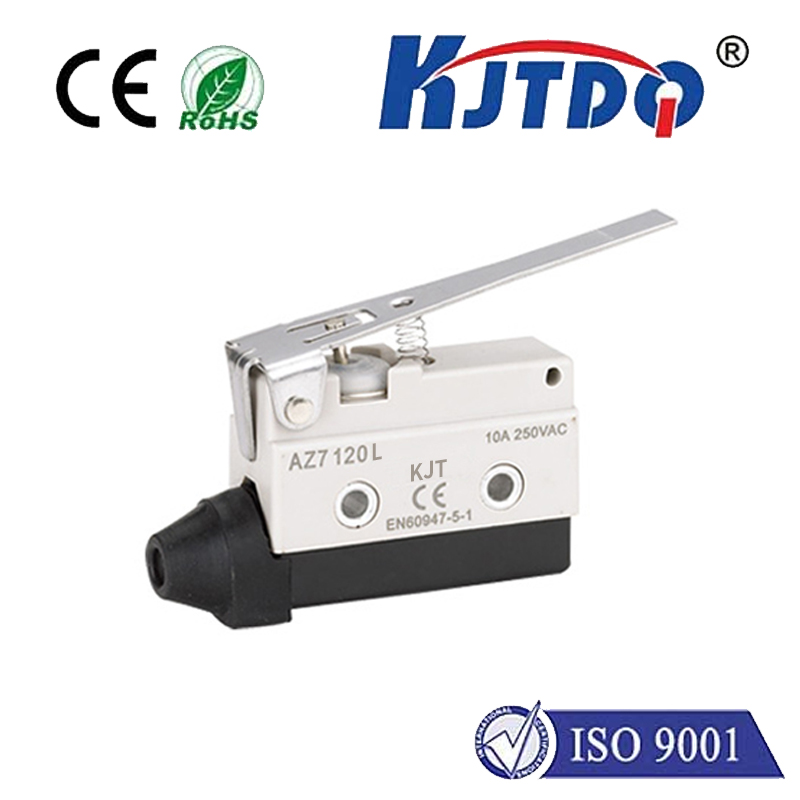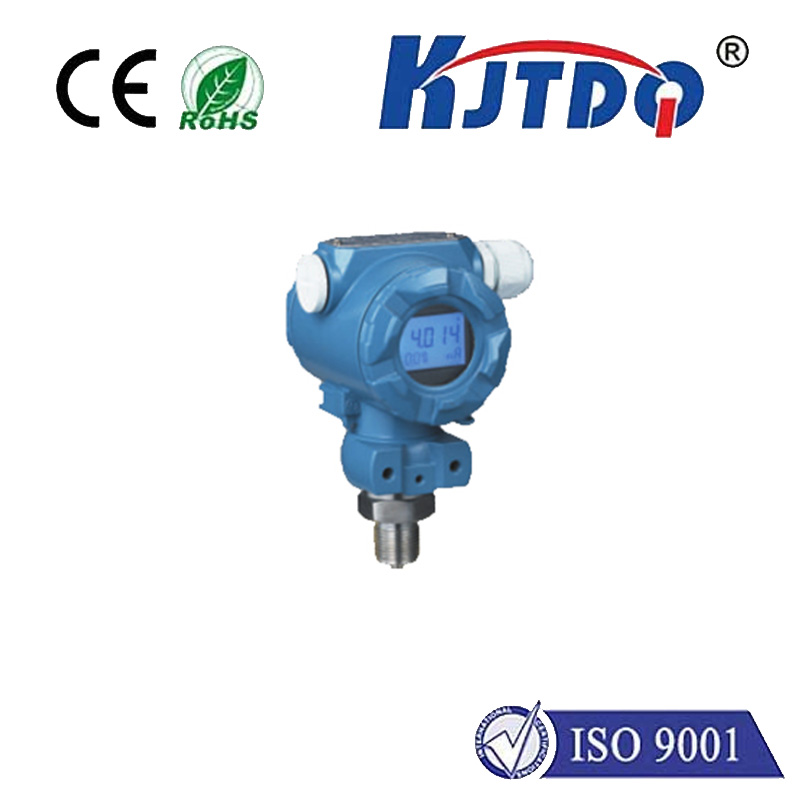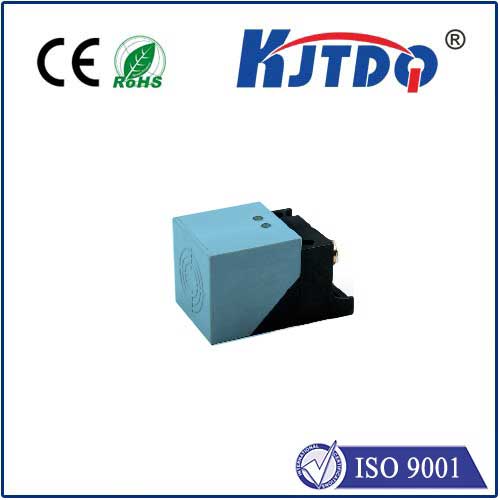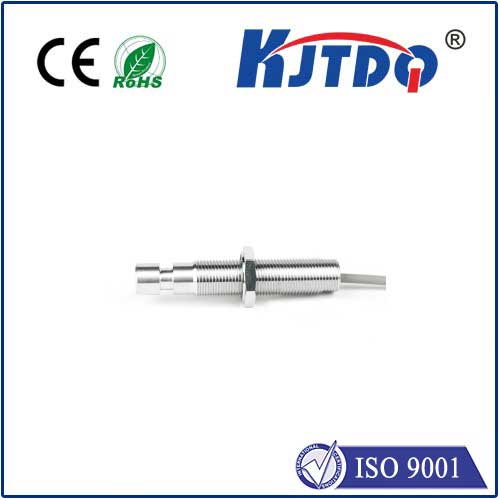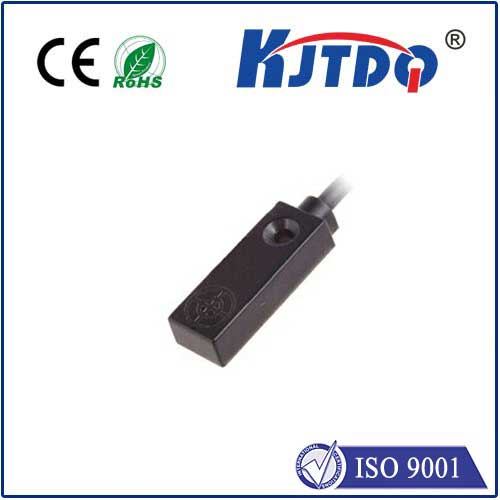proximity sensor 24v inductive
- time:2025-09-05 16:30:14
- Нажмите:0
Unlocking Efficiency & Reliability with 24V Inductive Proximity Sensors
Imagine a world where machines “see” metal components without physical contact. A world where processes run smoother, downtime plummets, and safety soars, all powered by a silent, invisible force. This isn’t science fiction; it’s the everyday reality enabled by the workhorse of industrial automation: the 24V inductive proximity sensor. These unassuming devices are fundamental to countless applications, and understanding why they dominate, powered by that ubiquitous 24V DC, is key to unlocking significant operational advantages.
The Heartbeat of Industrial Sensing: How It Works
At its core, an inductive proximity sensor is a marvel of electromagnetic engineering designed specifically for non-contact detection of metallic objects, primarily ferrous metals like steel and iron, though many are tuned for non-ferrous metals too. Its operation is elegantly simple:
- Generating the Field: Inside the sensor’s active face, an oscillator generates a high-frequency electromagnetic field.
- Detection Zone: This field radiates outward from the face of the sensor, defining its effective sensing range.
- Disturbance & Detection: When a metallic target enters this electromagnetic field, it induces small eddy currents within the target material itself.
- Signal Change: These eddy currents draw energy from the sensor’s oscillating circuit, causing its amplitude to dampen or shift.
- Output Switching: An internal circuit detects this change in oscillation strength and triggers the sensor’s output state to switch. This could be turning a solid-state output “ON” (sinking or sourcing current) or “OFF”.
The beauty lies in the complete lack of physical contact. There’s no wear and tear on the sensor or target, leading to exceptional longevity and reliability. These sensors are also inherently immune to dust, dirt, oil, and many harsh contaminants found in industrial settings, operating flawlessly where optical sensors might falter.
Why 24V DC? The Power Behind the Performance

The “24V” specification isn’t arbitrary; it’s the de facto standard voltage for industrial control systems. This dominance stems from crucial advantages:
- Safety: Operating below typical SELV (Safety Extra-Low Voltage) limits, 24V DC significantly reduces the risk of severe electric shock compared to higher AC voltages like 110V or 240V. This is paramount in bustling factory environments.
- Noise Immunity: DC circuits are generally less susceptible to electrical noise interference than AC circuits. Industrial environments are electrically noisy places (motors, welders, VFDs). Using DC power, especially for sensitive control logic and sensors, enhances overall system stability and reliability.
- Compatibility & Integration: Programmable Logic Controllers (PLCs), industrial PCs (IPCs), and other control components overwhelmingly use 24V DC for their I/O (Input/Output) modules. A 24V inductive proximity sensor plugs seamlessly into this ecosystem, requiring minimal interfacing and simplifying wiring.
- Энергоэффективность: While power consumption per sensor is usually low, using a lower DC voltage contributes to overall energy savings in large-scale installations compared to equivalent systems running at higher AC voltages.
- Simplified Wiring: DC systems typically require simpler wiring schemes than AC, often needing only two wires (power and signal combined) or three wires (power +, ground -, and signal) for sensor connections. This reduces installation time, cost, and potential for errors.
Where 24V Inductive Proximity Sensors Shine: Real-World Applications
The robustness, reliability, and non-contact nature of these sensors make them indispensable across almost every industrial sector:
- Position Verification: Confirming the presence or absence of a metal part on a conveyor belt, in a fixture, or at an assembly station (“Is the part ready for the next operation?”).
- End-of-Travel Detection: Signaling when a pneumatic or hydraulic cylinder has fully extended or retracted (“Stop the cylinder now!”).
- Object Counting: Tallying metal parts passing a specific point on a conveyor line.
- Speed Monitoring: Detecting the passage of gear teeth or other rotating metal targets to calculate rotational speed.
- Machine Safety: Used as part of safety interlock systems, confirming guards are in place before machinery starts (“Guard closed? Safe to operate?”).
- Level Detection: Sensing the position of a metal float or the presence of a metal bin or container.
- Перевозка материалов: Guiding robotic arms, verifying pallet presence, or controlling sorting gates.
Their ability to operate in demanding environments – exposed to vibration, moisture (high IP ratings like IP67, IP68, IP69K), and wide temperature ranges – further solidifies their position as the go-to solution for tough industrial sensing tasks.
Selecting the Right 24V Inductive Proximity Sensor: Key Considerations
Not all sensors are created equal. Choosing the optimal one requires evaluating several factors:
- Sensing Distance: The nominal range at which it can reliably detect a standard target. Choose a range suitable for your mounting constraints and application needs. Remember: actual sensing distance can vary based on target size, shape, and material.
- Target Material: Standard sensors are optimized for mild steel. Specify if you need enhanced sensing for stainless steel, aluminum, brass, or copper. Performance varies significantly.
- Housing Material & Shape: Stainless steel (corrosive environments), nickel-plated brass (general use), or ruggedized plastics are common. Shapes include cylindrical barrels (common), rectangular blocks, and specialized formats. Mounting style (flush, non-flush) also impacts sensing range.
- Output Type: Define what you need to connect to:
- NPN (Sinking): Output switches the signal line to ground (-).
- PNP (Sourcing): Output switches the signal line to positive (+). PNP is often preferred for PLC compatibility.
- NO (Normally Open) / NC (Normally Closed): Determines the output state with no target present vs. target present.
- Analog Output (4-20mA / 0-10V): For measuring distance proportionally, not just on/off detection (less common than switching types).
- Connection Style: Cable exit (axial, radial) or quick-disconnect (M8, M12 connectors) for ease of installation and maintenance.
- Environmental Protection (IP Rating): Crucial for washdown areas, outdoor use, or dusty conditions. IP67 and IP68 are very common benchmarks for industrial robustness.
- Switching Frequency: How fast can the sensor respond? Critical for high-speed counting or fast-moving targets.
Installation Best Practices: Ensuring Peak Performance
Proper installation maximizes sensor lifespan and reliability:
- Mounting: Ensure the sensor is rigidly mounted to minimize vibration effects. Use the correct mounting hardware.
- Sensing Face Clearance: Avoid mounting metallic objects too close to the sides or rear of the sensor’s sensing face if it’s a non-flush mount type (refer to datasheet specifications). Maintain the recommended clearance zone.
- Electrical Wiring: Follow the manufacturer’s wiring diagram precisely. Use shielded cable in electrically noisy environments and ground the shield properly at the controller end, not the sensor end. Ensure connections are secure and protected.
- Voltage Supply: Confirm your power supply provides a stable 24V DC within the sensor’s specified tolerance (e.g., 10-30V DC). Avoid excessive voltage drops over long cable runs.
- Avoid Overload: Don’t exceed the sensor’s maximum load current on its output. Use an interposing relay if switching high-current loads.
**The Unseen Guardian


